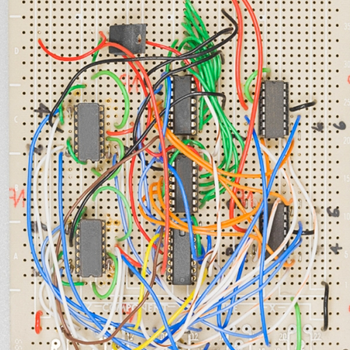How is urine produced in the kidneys?
1 Answer
See the explanation.
Explanation:
There is something that is called glomerulus and that is the first part of a nephron. In that part, afferent (that enters) and efferent (that goes out) arteries are to be found in a very curricular shape. Throughout those arteries, only H2O molecules, salts, and molecules similar to them are able to pass, although there are some exceptions with proteins and erythrocytes.
The following part of the nephron is proximal convoluted tubule in which sugars, amino acids, and Na positive ions are expelled into the interstitial space.
After that, in the Loop of Henle, to be more precise in the ascending limb Na, K, and Cl2 ions are expelled into the interstitial space.
Then, there is distal convoluted tubule in which Na, K, Ca, Cl, Mg, H2O are expelled whereas vitamin D, PTH (parathyroid hormone), aldosterone, K and H ions, are taken in.
In the collecting duct, antidiuretic hormone is taken in.
Things within the tubule are going to be collected in the pelvis of kidney.

